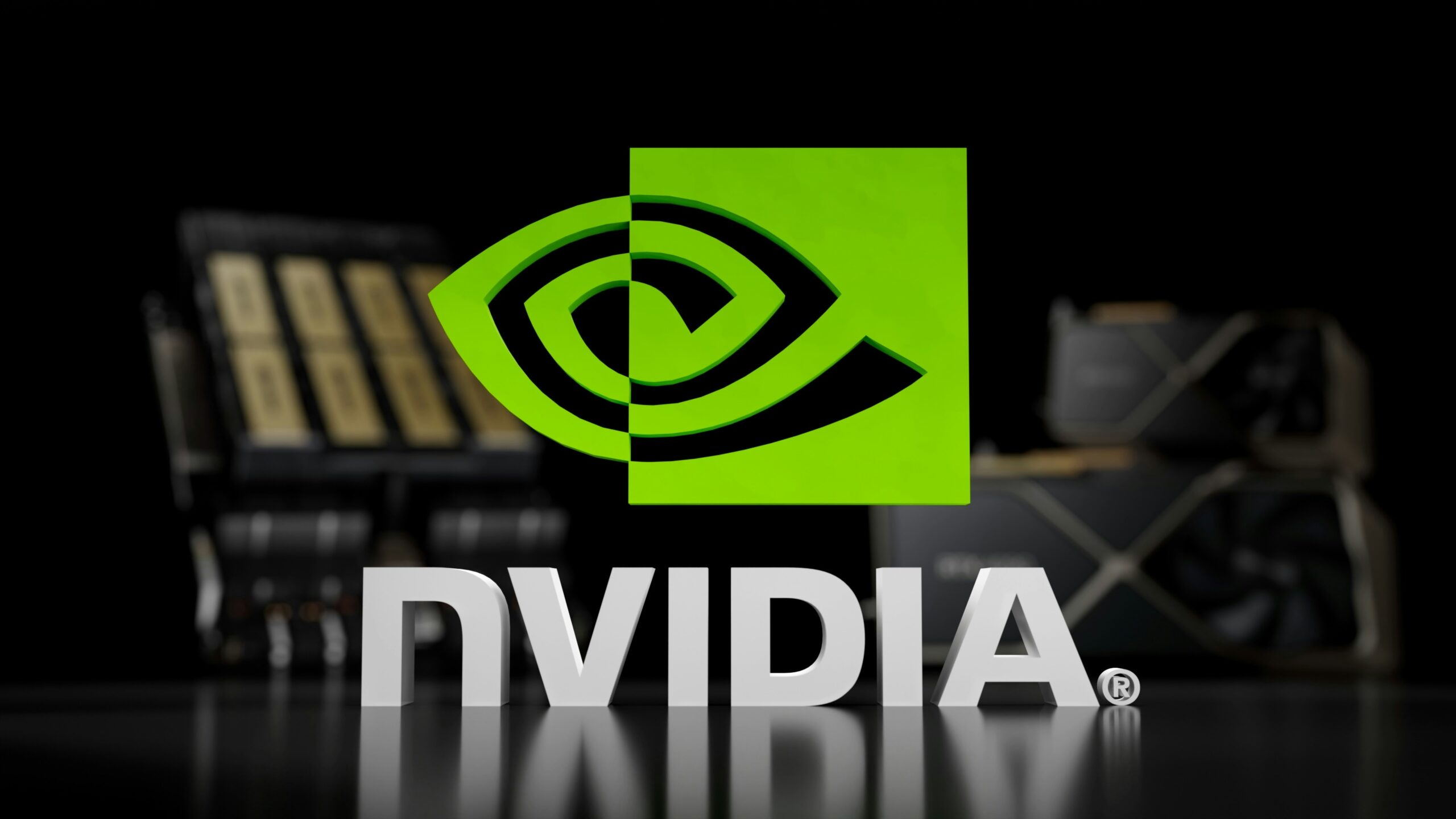The reported plan for Nvidia to invest up to $100 billion in OpenAI’s ambitious infrastructure—the 10-gigawatt “Stargate” initiative—is not a sign of savvy strategic partnership; it is the most blatant example yet of the AI industry’s unsustainable circular financing model. This maneuver, which sees the hardware manufacturer funding its primary customer for the explicit purpose of buying its own chips, creates a financial loop that inflates revenue, masks true commercial demand, and pushes the entire sector toward a dizzying, self-created bubble.
The mechanics of this deal are breathtakingly cynical. As financial observers have noted, Nvidia hands OpenAI a massive check, and OpenAI, in turn, uses that capital to procure millions of Nvidia’s highly sought-after GPUs. As Requisite Capital Management’s Bryn Talkington summarized the arrangement, “Nvidia invests $100 billion in OpenAI, which then OpenAI turns back and gives it back to Nvidia.” The investment flows out as capital expenditure and returns immediately as sales revenue. This is vendor financing on a hyper-scale, designed to guarantee demand for a product that is already scarce. It is a fabricated transaction, not a healthy, arms-length market exchange.
The most pressing danger lies in the quality of the revenue generated by this process. When the seller is effectively subsidizing the buyer’s purchase, the resulting sales figure is not reflective of genuine, profitable market traction. It is debt-fueled demand masquerading as an organic market boom. Critics, including analysts on Wall Street, rightly caution that this arrangement “raises questions about the true level of demand” and the appropriate valuation multiple assigned to Nvidia’s sales when they are, in effect, paying for their own purchases.
OpenAI’s broader infrastructure plan is staggering, potentially demanding resources exceeding half a trillion dollars. This investment secures the computing power needed to pursue artificial general intelligence, but it is predicated on a future, unproven outcome, requiring constant, subsidized capital to keep the GPU furnace burning. As those familiar with the late 90s market know well, such self-catalyzing growth, driven by internal funding mechanisms rather than demonstrated customer profitability, is the very definition of a bubble waiting to burst.
Furthermore, the sheer scale of this singular, circular deal warps the entire technological landscape. The planned 10-gigawatt buildout requires an estimated 4-5 million GPUs—a volume that reportedly exceeds double Nvidia’s total 2024 shipments. This maneuver secures the vast majority of the scarce, essential AI resource for a single, manufacturer-funded customer, cementing the current, dangerous concentration of market power. This is not genuine competition; it is a strategic alliance that manufactures a counterweight to other hyperscalers, but at the cost of squeezing out smaller innovators and driving the cost of essential compute resources higher for everyone else.
The $100 billion handshake between Nvidia and OpenAI is less a sign of innovation and more an indicator of financial desperation—an extreme measure to ensure persistent demand for the world’s most profitable, most scarce commodity. This circular dependency cannot be sustained indefinitely. It represents an economic fantasy built on self-referential capital flows, inflating the bubble at a truly unprecedented scale.
